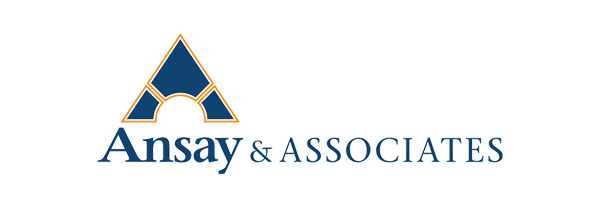THIS REQUIRES A COLLECTIVE EFFORT BY ALL CONTRACTORS.

By Matt Morley, CHST, Kraemer Brothers
According to Mental Health America, one in five American adults is currently struggling with diagnosable mental illness. Examples of these illnesses include anxiety disorders, depression, bipolar disorder, and substance abuse disorders. Over half of these adults do not seek treatment. When left untreated, like any other medical condition, mental health challenges can worsen and lead to crisis. Current estimates show the percentage of American adults reporting serious thoughts of suicide is 4.6% and rising.
The construction industry is not immune to this nationwide trend; in fact, it is quite the opposite. The suicide rate for construction workers is the second highest of all industries, with agriculture having the highest rate overall. To put our crisis in clearer terms, the construction industry as a whole currently averages three fatal accidents per workday. In that same 24-hour time period, 15 construction workers will die by suicide. In other words, American construction workers are five times more likely to die by suicide than to experience a fatal accident at work.

Why is the construction industry so uniquely impacted by this crisis? There are a variety of theories but in all likelihood, the root cause is a summation of several moving parts. As a safety professional, I still encounter tradespeople who are reluctant to report physical injuries due to what I would call their “suck it up” mentality. They feel they will either be branded as weak or they can treat the injury themselves. Now apply that same mindset to an invisible illness. How do you think that same tradesperson will address that pain?
Working construction can be isolating. Our projects and workforce are fluid, which leads to some employees failing to establish meaningful relationships at work. Maybe your organization has people on the road away from their families for days, or even weeks, at a time. A feeling of social isolation can lead to depression, which when left untreated, can lead to the individual becoming even more socially withdrawn. This downward spiral is cyclical and happens more quickly than we can process it.
Working hours can vary greatly depending on the overall workload and schedules of specific projects. Construction offers a combination of low job control (being physically relocated where the work is), job insecurity (potential lay-off), and long hours when project schedules fall behind or are especially tight. The Centers for Disease Control (CDC) refers to these occupational factors as “job strain” and indicates, “The odds for moderate to severe suicidal ideation [suicidal thoughts] were about four times greater in those with job strain or those who reported long work hours.” I challenge you to find another industry with greater potential for excessive job strain.
A byproduct of inconsistent working hours is potential financial hardships. The unknown of next week’s hours can lead to paycheck anxiety. Without proper budgeting, large fluctuations in work leave employees in dire circumstances during slow periods. Falling behind on car payments, mortgages, or even simply struggling to put food on the table can leave people feeling helpless with very few options to get out. According to the Aspen Institute, 16% of suicides in the U.S. occur in response to a financial problem.
As a safety professional, I still encounter tradespeople who are reluctant to report physical injuries due to what I would call their “suck it up” mentality.
Substance abuse issues can also lead to, or be a symptom of, mental health challenges. According to American Addiction Centers, “Employees of the construction industry, mostly blue-collar workers, have nearly twice the rate of substance abuse as the national average. Around 15% of all construction workers in the U.S. have a substance abuse disorder compared to 8.6% of the general population of adults.” Many of us are not surprised that Wisconsin ranks in the top ten for alcohol consumption per capita; it seems to be ingrained in our culture. According to the National Library of Public Medicine, those suffering from alcohol use disorder are ten times more likely to attempt suicide than the national average.
What you can do
I encourage you to think of all the proactive steps you take within your organization to prevent workplace injuries. Everything from the safety professionals you may employ or consult, to training programs, to the personal protective equipment you provide. Contractors across the country spend millions of dollars and countless hours in an effort to minimize injuries on their projects and keep their employees going home to their families each evening. As a result, our industry has seen a drastic decline in the recordable incident rates (RIR) and lost time incident rates (LTIR) over the last 30 years, according to the Bureau of Labor Statistics.
Now consider what steps you are taking to prevent self-harm or suicide within your workforce. As mentioned, the average construction worker is five times more likely to die by suicide than to become a victim of a fatal workplace accident. By simply looking at that statistic, should we as an industry be doing something to bring awareness and provide resources to those at risk? The answer to that question is we are, but it needs to be a collective effort made by all contractors.
This year at SuperCon 23, the ABC of Wisconsin Safety Committee devoted an entire track, or 20%, of the sessions, to mental health and wellness. OSHA has made suicide in construction a point of emphasis and has Construction Suicide Prevention Week September 4-8. Internally, I was able to attend a Mental Health First Aid class presented by the National Alliance on Mental Illness (NAMI) last year, which placed an emphasis on the agricultural and construction industries. No matter the resource, the underlying message to combat this crisis is very similar.
I challenge you to find another industry with greater potential for job strain.
The first step in normalizing and bringing awareness to the unique mental health challenges that plague the construction industry is simply talking about it. Our society as a whole has stigmatized mental illness to the point where those who suffer from them are reluctant to seek treatment out of fear of being judged or labeled as inferior or unstable. The truth is, one in five Americans are living with a diagnosable medical illness that can and should be treated like any physical illness. ABC of Wisconsin, along with OSHA, has a variety of toolbox talks and publications that can help start this conversation among your workforce.
The next step is providing resources for employees to seek help, while also encouraging them to do so when needed. Employee Assistance Programs (EAP’s) are awesome resources for employees and can provide counseling on mental health, financial, legal, or other life challenges. If your organization does not currently offer an EAP, ask your health insurance provider or broker what is available. At Kraemer Brothers, we found an EAP was available to us at no additional cost. Sound mental health often translates into better physical health, so chances are your health insurance carrier will celebrate your enrollment in an EAP.
Lastly, if you encounter a situation where you believe a suicide attempt by your employee or coworker is imminent, know what to do. Do not hesitate to call 911; especially if the individual has divulged they have a plan and the means to take their own life. Several crisis lines also exist and can be utilized by an individual in crisis or a concerned coworker or friend. Use them and spread the word. We’re all in this together.
National Suicide Prevention Lifeline: 1-800-273-TALK
Crisis Text Line: Text HOME to 741741
Suicide and Crisis Lifeline: 988
Matt Morley is Safety Director at ABC member Kraemer Brothers.












